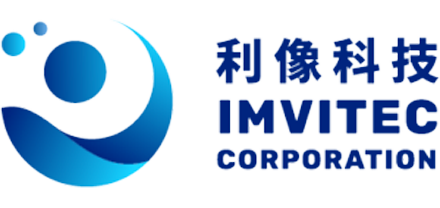Medical
The introduction of digital technology to reduce medical costs and improve medical capacity has become a consensus in the field of global public health today. The application of artificial intelligence in the medical field can effectively extend medical services beyond hospitals and care centers to communities, families and other places. Through the model trained by hospital department doctors and our company, better and comprehensive services can be provided in various scenarios.
In hospitals, artificial intelligence can assist doctors to point out potential lesions in a large number of images in advance, so that doctors can make the quickest decision on problematic images. Consequently, emergency patients can receive the most complete treatment in the shortest time. In general, families and communities, the remote camera can be used to capture images to circle and alert doctors to potential lesion areas. While improving the social care system, it can also bridge the medical gap between urban and rural areas and implement universal health.
Technical Description
Time of Flight (ToF) technology can use infrared rays to illuminate an object, and calculate the position and distance of the object by the time difference of reflection. ToF is applied to smart medical care, and thus patients can still maintain a certain degree of privacy during the process of security monitoring.
A space that requires privacy is often a dead corner in safety that is prone to accidents and difficult to notice at first glance. This technology can not only solve similar problems, but also be applied to the care of newborns, dementia patients and fall prevention.
Non-contact physiological data analysis
Patients with arrhythmia are at high risk of stroke and heart failure. Clinical studies have pointed out that many patients have intermittent or asymptomatic seizures that require continuous electrocardiogram (ECG) monitoring for a long time to confirm the diagnosis.
Traditional heart rhythm and respiration monitoring requires the use of wearable devices to measure the electrical activity signals of the heart and lungs. Now, radar signals and specific algorithms can be used to obtain heart and respiratory function information without the need for contact measurement of bioelectrical signals.
Precise drug identification system
After people go to the hospital to see a doctor and obtain a prescription, if they want to check the content of the medicine, they need to rely on the guidance of doctors and pharmacists, and it is difficult to understand the medicine on their own.
In addition to the detailed information on the appearance, efficacy, and side effects of medicines, the drug identification system allows the public to take pictures of the appearance of medicines with their mobile phones to instantly identify the type of medicines and prevent wrong medication. Furthermore, the system can also record personal medication history and allergy medicines, and proactively issue warnings to remind patients immediately.


